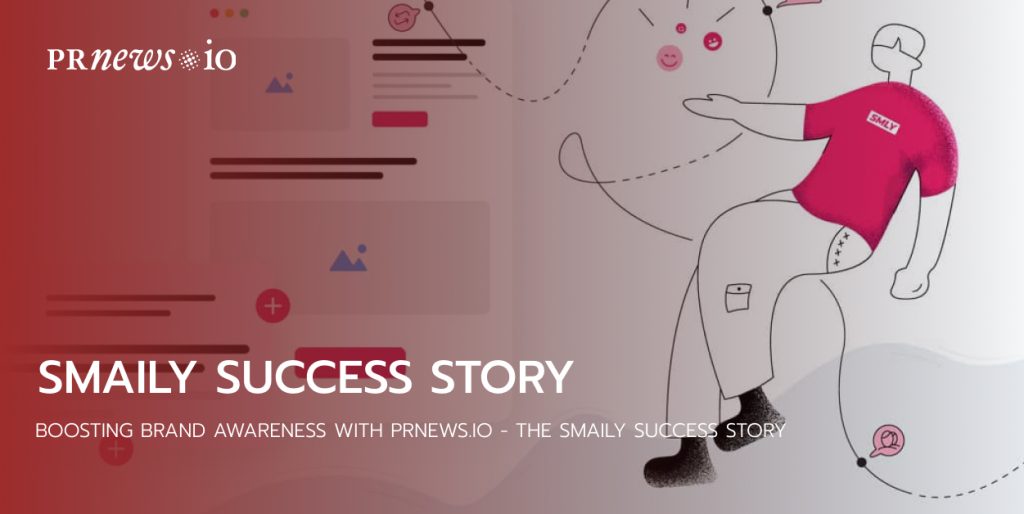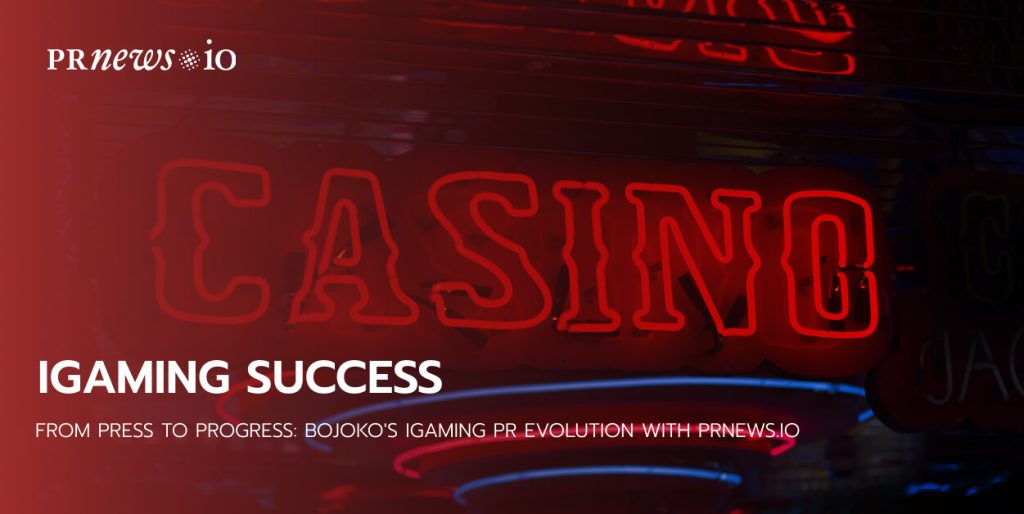Brand storytelling is a powerful marketing technique that connects with your audience. Relatable stories create strong emotional bonds by placing your customer as the protagonist, not your brand or product, raising brand awareness, maintaining attention on your marketing channels, and building trust. This article lets you discover why brand storytelling is crucial and explore best practices and ideas to get started.
What is Brand Storytelling?
Brand storytelling creates an emotional bond between customers and your brand, using narratives that reflect your values. If you sell athletic equipment, you can share stories about scoring a winning goal or missing a free throw. People are drawn to real-life challenges, emotional journeys, and exhilaration.
As a storyteller, you aim to incorporate your brand and products into a larger, meaningful narrative that impacts customers’ lives. This requires going beyond the repetitive product or brand-focused talk and sharing stories showcasing positive influences of your offerings, dreams for the future, and shared histories. Utilize all channels to bring your brand’s story to life. You can create a brand experience that fosters customer loyalty by weaving together these individual stories.
Why is Brand Storytelling Important?
The significance of brand storytelling cannot be overstated. It holds a profound power to forge deep connections with individuals, transcending logical explanations and tapping into emotions. Sometimes, it evokes nostalgic reminiscences from one’s formative years, while on other occasions, it offers solace. These emotional bonds fostered through storytelling are invaluable.
When we delve into brand storytelling, we embark on a journey to create a harmonious tapestry comprising brand identity, design, and content. The objective is to cultivate a consistent and positive association with the brand, and this undertaking falls squarely on the shoulders of the marketing team. Their mission is to construct a well-thought-out strategy to accomplish this very goal.
A marketer’s role extends beyond conventional boundaries; it encompasses a deep understanding of their target audience. They must decipher their desires, comprehend their needs, and fathom the restlessness that haunts their nights. This profound understanding becomes the cornerstone upon which marketers construct brand narratives that genuinely resonate with their audience rather than mere attempts to make a quick sale. By crafting a marketing strategy firmly rooted in captivating stories, they pave the path toward building and nurturing unwavering brand loyalty that stands the test of time.
How to Use Brand Storytelling in Marketing
Utilizing brand storytelling in your marketing endeavors requires careful attention and practice. To effectively incorporate it into your strategy, consider the following guidelines:
- Be helpful, not hype-full. Authenticity and genuine storytelling resonate with audiences more than overtly promotional content. Avoid false promises or unattainable solutions. Focus on storytelling that demonstrates how your brand can assist your audience.
- Incorporate your customers. Allow your customers to share their own stories. Online reviews play a significant role in consumers’ decision-making process, with 92% of buyers reading reviews before purchasing. Incorporate customer quotes, case studies, and review sites into your marketing strategy to instill confidence in prospective customers. This is particularly crucial for B2B brands where investments of time and money are substantial.
- Deliver a consistent story. Establishing brand guidelines is essential for maintaining a consistent storytelling approach. However, consistency goes beyond guidelines—it must be reflected in the delivery of your message. Ensure that your visuals, logos, and content align seamlessly to avoid consumer mistrust. Implementing a digital asset management (DAM) solution can help support your brand guidelines by organizing and providing easy access to approved, on-brand content. This facilitates the delivery of consistent stories to your audience.

Brand Storytelling Examples
Let’s explore a few captivating examples that exemplify the power of storytelling in the world of brands.
Warby Parker, for instance, revolutionized the eyeglass industry by making designer eyewear affordable and eco-friendly, all while enhancing the convenience of trying on glasses at home. The genesis of their brand stems from a remarkable story—a founder who endured a semester of grad school without glasses due to their exorbitant cost. Determined to rectify this issue, the team crafted frames using plant-based materials that are better for the environment. However, their story doesn’t end there. Warby Parker goes a step further by embodying social responsibility. With every purchase of their sunglasses, someone in need receives a pair, altering their life’s narrative by empowering them to work or learn. To expand on its meaningful story, Warby Parker effectively utilizes channels like Instagram and YouTube to provide expert insights on vision and share intriguing stories about individuals who wear their glasses.
Airbnb, being a marketplace, centers its storytelling on something other than the product itself but rather the unique experiences it enables. Their audience craves stories about the people they’ll meet, the homes they’ll inhabit, and the countries they’ll explore. Recognizing this, Airbnb showcases the narratives of hosts and travelers on their website, fostering a sense of connection and familiarity. Additionally, their YouTube channel acts as a treasure trove of cultural exploration, where one can witness the Airbnb experience in different countries, learn from experienced hosts, and acquire useful guest tips. By facilitating the sharing of personal tales, Airbnb crafts a captivating brand narrative that resonates with its audience.
Nike, a true master of storytelling, made an indelible impact in the 1990s with their emotionally compelling commercials. They let Michael Jordan’s extraordinary journey speak for itself, transcending traditional hard-selling tactics and creating a deep connection between fans and athletes. Today, Nike continues to captivate audiences through engaging video and photo ads on Instagram. Their blog is a treasure trove of inspiring stories that resonate with athletes, covering topics ranging from overcoming starting line panic to nurturing a love for movement in children. Nike’s brand storytelling doesn’t rely on direct product promotion; it informs, inspires, and addresses common challenges athletes face. This approach fosters lasting brand awareness and loyalty over time.
While your budget may not rival Nike’s formidable marketing strategy, there is still much to learn from these brands. By emulating their substantive storytelling approach, you can weave narratives that resonate deeply with your audience, leaving a lasting impression.
Brand Storytelling Examples Table
| Brand | Storytelling Approach | Key Message |
|---|---|---|
| Nike | Inspiring and empowering stories of athletes overcoming obstacles | “Just Do It” – Encouraging individuals to push their limits and achieve greatness. |
| Coca-Cola | Evoking happiness, togetherness, and sharing | “Open Happiness” – Celebrating moments of joy and connection through their beverages. |
| Apple | Emphasizing innovation, simplicity, and creativity | “Think Different” – Encouraging individuals to challenge the status quo and think outside the box. |
| Airbnb | Fostering a sense of belonging and cultural exchange | “Belong Anywhere” – Highlighting the unique experiences and connections possible through their platform. |
| Patagonia | Advocating for environmental sustainability and conscious consumerism | “The Activist Company” – Promoting responsible practices and inspiring a love for the outdoors. |
| Dove | Promoting self-acceptance and redefining beauty standards | “Real Beauty” – Encouraging positive body image and embracing diversity. |
| Showcasing how technology enhances everyday life | “Organizing the world’s information and making it universally accessible.” | |
| Lego | Encouraging creativity, imagination, and play | “The Lego System in Play” – Inspiring children to build and explore their own worlds. |
| TOMS | Integrating social impact through one-for-one giving | “One for One” – Highlighting how each purchase helps someone in need. |
| Red Bull | Conveying a sense of adventure, energy, and extreme sports | “Gives You Wings” – Energizing and empowering individuals to push their boundaries. |
Bottom Line
If you’re eager to embark on your brand storytelling journey, take inspiration from the examples mentioned above and use them as a roadmap for your strategy. Start by creating a solid foundational story that encapsulates your brand identity, values, areas of expertise, and the real-life challenges your audience faces. Identify or craft stories that resonate with your customers, focusing on experiences that hold meaning for them. Your aim should be to solve and entertain their problems without overtly pushing a product.
Once you’ve developed your stories, it’s time to share them with the world. Remember, brand storytelling isn’t about repeatedly telling the story of your brand or product. Instead, center your stories around real people’s experiences and use them to demonstrate that you genuinely care about the same things your customers do. Strive to establish an emotional connection with your audience, as product sales will naturally follow when your customers feel connected and understood.
As you embark on your brand storytelling journey, be patient and consistent. Refine your stories, adapt them to different platforms and mediums, and actively engage with your audience. Over time, your brand storytelling efforts will foster deeper connections, enhance brand loyalty, and drive meaningful results for your business.
Content Marketing Platform
- 100,000+ media publications;
- get backlinks to your product;
- scale work with content distribution.
FAQ brand storytelling
What is brand storytelling?
Brand storytelling is the strategic use of narratives to communicate a brand’s values, personality, and purpose. It involves crafting and sharing compelling stories that resonate with the target audience, fostering emotional connections and building a strong brand identity.
Why is brand storytelling important?
Brand storytelling is important because it helps differentiate your brand from competitors, creates a memorable and engaging brand experience, and fosters customer loyalty. It allows you to connect with your audience on a deeper level and communicate the unique aspects of your brand.
How can brand storytelling benefit my business?
Brand storytelling can benefit your business in various ways. It helps humanize your brand, making it relatable and memorable. It can also attract and retain customers by creating emotional connections and building trust. Additionally, brand storytelling can differentiate your brand in a crowded market and drive customer loyalty.
What elements make a compelling brand story?
A compelling brand story often includes elements such as relatable characters, an engaging plot, a clear conflict or challenge, authentic values, and a resolution that aligns with the brand’s purpose. These elements work together to create a narrative that captivates the audience and leaves a lasting impression.
Read more:





